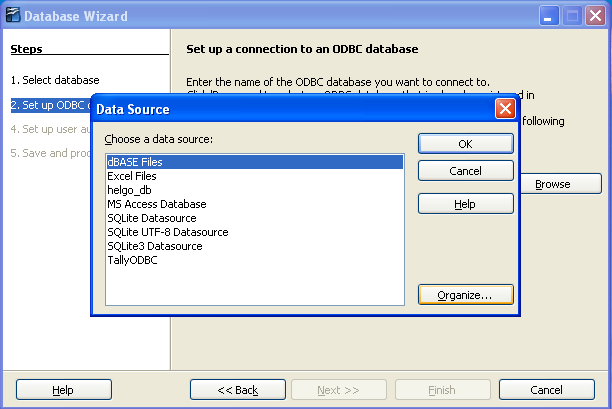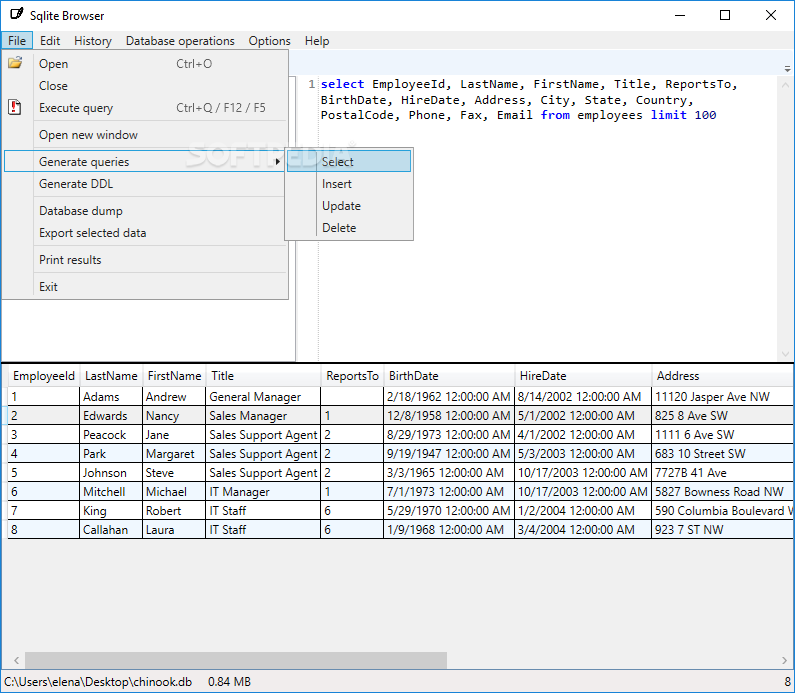

No list of open source databases would be complete without PostgreSQL, which has long been the preferred solution for businesses of all sizes. However, this has opened space for other truly open source database solutions to challenge it. In addition, since it acquired MySQL, Oracle has all but killed the open source nature of that project, which was arguably the go-to open source database for decades. This decision probably made sense from a business perspective, since MongoDB has become the de facto solution for database hosting with nearly 27,000 companies using it, but it also means MongoDB can no longer be considered a truly open source system. Notably, MongoDB has recently changed its licensing model, so it is no longer truly open source. Sadly, we had to leave out some of the most used databases. With that in mind, we've compiled this overview of open source databases and their respective advantages and disadvantages. If you are choosing an open source database for your organization, it's important to choose one that is user-friendly, can grow with your organization, and offers more-than-adequate security features. To put that in plainer terms, not all open source database management systems are equal. Like any other category of software, the functionality and features of open source database management systems can differ quite significantly. This is one reason why the chances are good that your favorite tools (whether open source or proprietary) were developed using open source databases. In addition, many argue that open source development produces applications that are superior to their proprietary counterparts.

It's not difficult to see why: even though Linux-based open source network standards may not be as popular as proprietary options, they are the reason smart devices from different manufacturers can communicate with each other. After all, some of the biggest technology developments have emerged because of the open source movement.
#Open sqlite database software
In the world of modern enterprise technologies, open source software has firmly established itself as one of the biggest forces to reckon with. save FILE Write in-memory database into FILE. excel Display the output of next command in spreadsheet. dump Dump the database in a SQL text format. databases List names and files of attached databases. help command you will see a list of available commands in the SQLite shell.Ī couple useful SQLite shell commands are: Command Description. One of those commands is actually mentioned when you open the shell. Besides that there are many commands available, all starting with a period(. You can now run SQL queries from the SQLite shell. To open a SQLite database in shell mode you enter the sqlite3 command followed by the path to your database file. There are graphical database browsers available for SQLite, but you can open a SQLite database in the terminal as well. Mind that none of them also encourage you to use SQLite in production. It comes as the default database for a couple big web frameworks like Ruby on Rails and Django.


SQLite databases are quite convenient in web development, when prototyping a simple website for example.


 0 kommentar(er)
0 kommentar(er)
